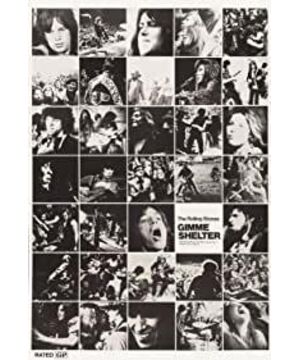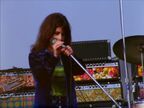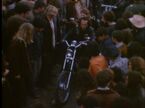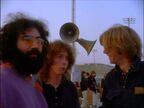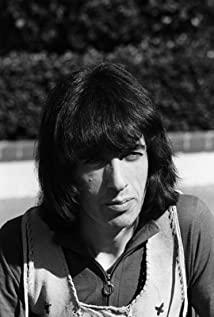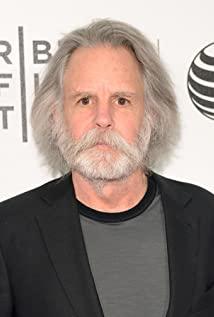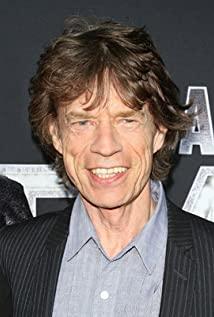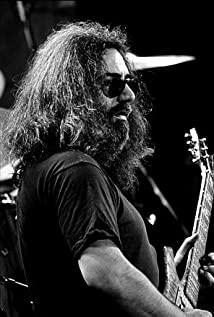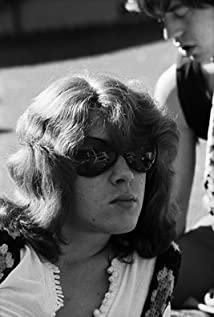The first half is some clips of Rolling Stone's performance before Odmund's concert, as well as a short performance by Tina Turner (Khan...there is no preparation before and no supplement, I don't know why Tina Turner came out). From time to time, this section is also interspersed with online radio interviews. From the narrative of the incident, this section can be regarded as a digression.
The middle section describes the difficulty of organizing this free concert in Odmund (including the fight for the venue, the questioning of the media, the overnight construction, etc.) and the behavior and reaction of the audience before the start of the performance (nothing is more cuddling than men and women, naturally high ).
The documentary raged for nearly two-thirds of the time, and finally began to enter the body-it was dark and the Rolling Stones appeared. What happened is that as soon as Mick Jagger spoke, the audience was very high (I don't know what they are high, the band has not yet entered the state...). The crowd rioted, so the Rolling Stone temporarily suspended the show, urging fans to calm down. Then the Rolling Stone continued to perform "shocked" (not my real feeling, but the hint given to me by the camera) accompanied by individual audience beating each other from time to time in the audience. Then came the tragedy: a black guy in a green shirt had a physical conflict with the personnel of the Hell Angel (which can be simply understood as the security guard of the show), and he was stabbed to death by the personnel of the Hell Angel.
If you look at the incident from the perspective of an outsider alone, the Rolling Stones should be helpless, and the angels of hell are brainless. At that time, the scene was extremely crowded and the audience was excited. Some contradictions may develop into vicious incidents. And the Rolling Stone is on the stage, what are the effective ways to control the crowds far away? As for the angels of hell, they are muscular and arrogant Harley madmen from the outside. I am afraid that it would be very difficult for them to manage themselves not to make trouble, let alone maintain order in the scene?
Returning to the film itself, what dissatisfied me most about "Give Me Refuge" is not the hidden narrative technique, but the setting of the camera in the later stage. From the front to the middle, when shooting things that don't take the pole, the camera switching is also considered frequent. But as soon as you enter the back stage (rolling stones on stage), there are only two positions left: looking forward from the back of the stage (seeing Mick Jagger's back and the panoramic view of the audience under the stage) and from one side of the stage to the middle of the stage. Look under the stage (see the side of Mick Jagger and close-up of the audience under the stage). In other words, when "Give Me Refuge" reached such an important part, it did not provide a lens from the auditorium to the stage. This is incredible for the record of a performance. If there is no position from the audience to the stage, people who watch the performance video will not want to see the front of the performers on the stage? Who would buy such a performance video? ? ?
In my opinion, "Give Me Sanctuary" only provides the back of the stage and the side of the stage. It has only one purpose, which is to give the audience (referring to those who did not participate in the scene but watch this documentary) a strong hint that the Rolling Stone is innocent. ! From the stage, the audience is full of uncontrolled fans; from the stage, the Rolling Stones can't do anything about this situation. This seems to be the vision of God, and "Give Me Refuge" seems to say: Look, how can these troublesome mobs make people feel good? So the Rolling Stone is innocent!
I X, fair and comfortable, can the director of "Give Me Refuge" be guilty of "washing out" the Rolling Stone by using such a trick? Superfluous and humiliating.
View more about Gimme Shelter reviews


